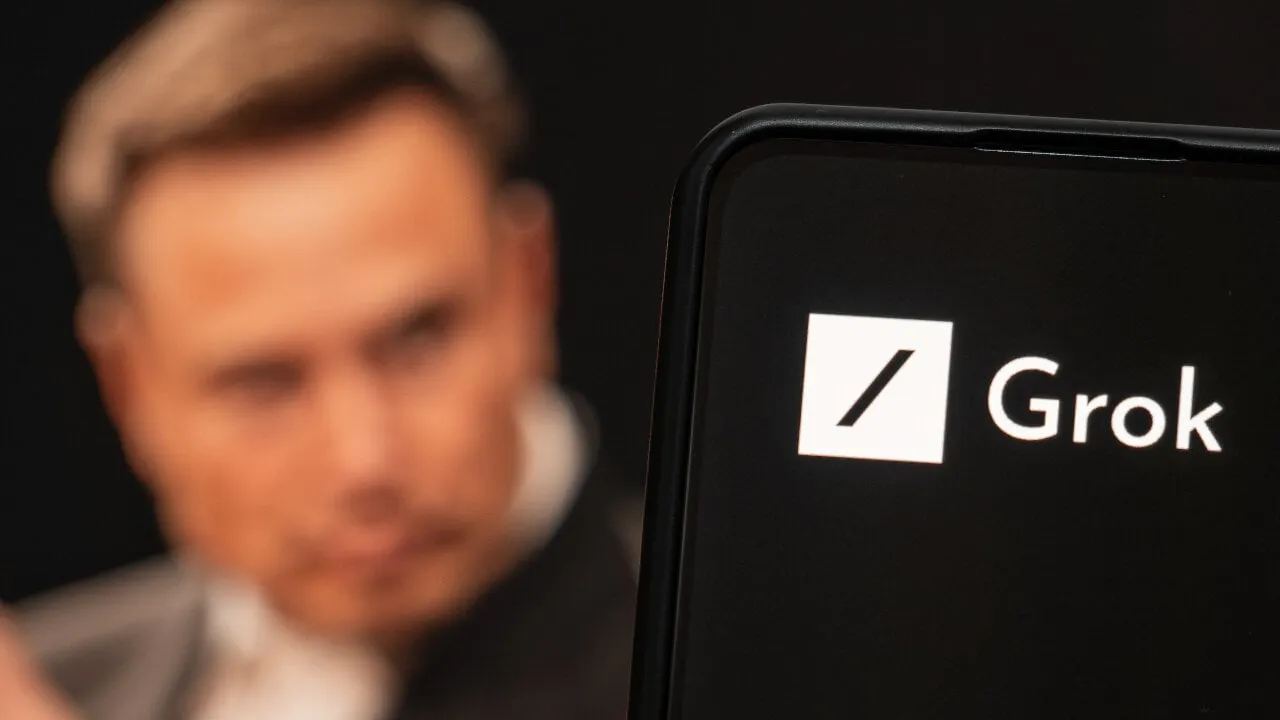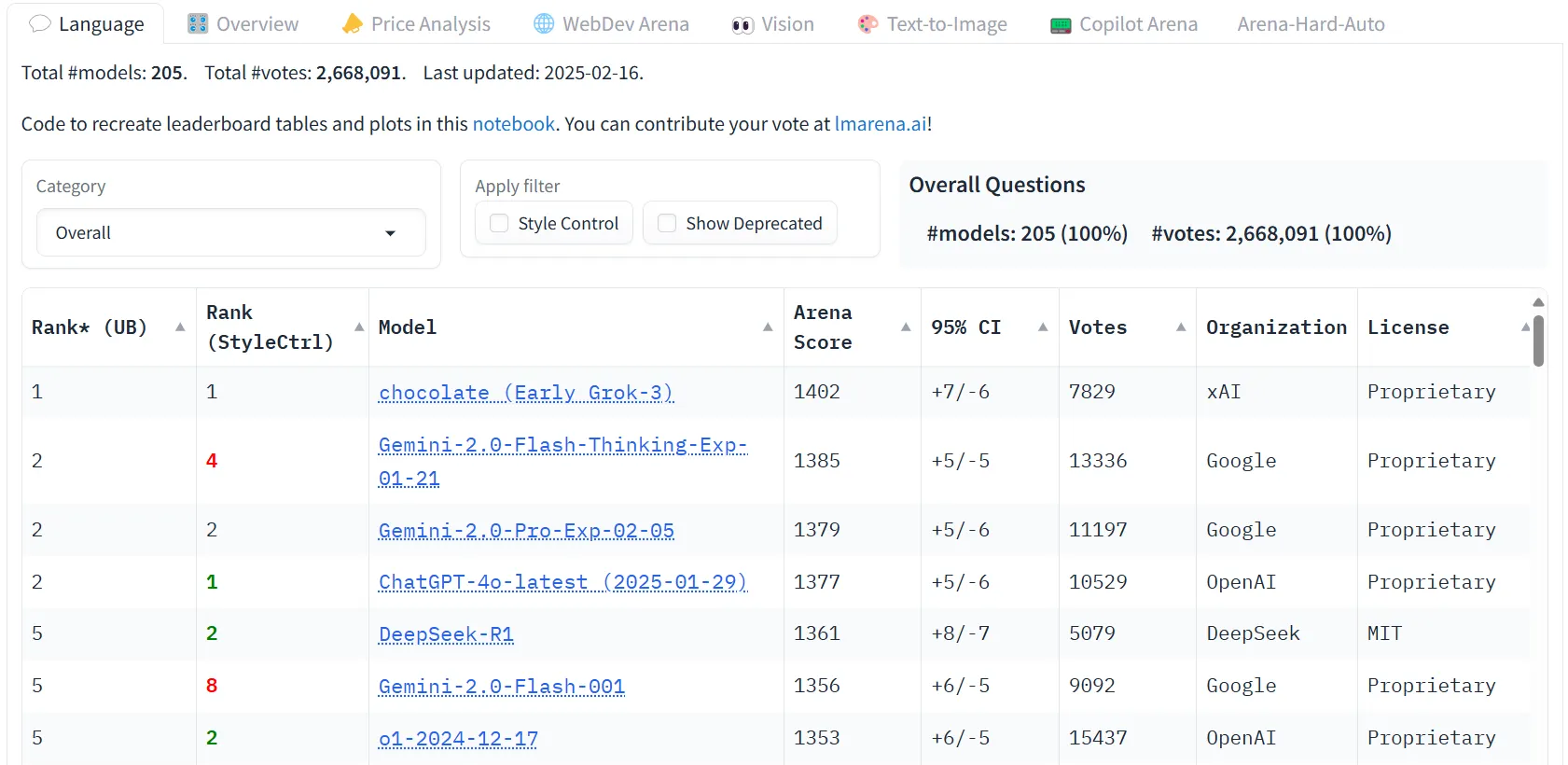
Grok is a meme coin that borrows the same name as Elon Musk’s AI chatbot. Image: Shutterstock

We had to see for ourselves. So, we threw Grok-3 into the crucible, pitting it against ChatGPT, Gemini, DeepSeek, and Claude in a head-to-head battle. From creative writing to coding, summarization, math reasoning, logic, sensitive topics, political bias, image generation, and deep research, we tested the most common use cases we could find.
Creative writing: Grok-3 dethrones Claude

Political Neutrality: A Breath of Fresh Air?
AI’s handling of sensitive topics often reveals baked-in biases. On the Taiwan-China question—a geopolitical third rail—Grok-3 laid out a balanced breakdown: China’s stance, Taiwan’s perspective, and global views, all without nudging toward a conclusion. Compare that to ChatGPT, Claude, and DeepSeek, which subtly frame answers or dodge entirely, reflecting detectable slants. Grok-3’s neutrality held firm unless pushed to extremes, outlasting rivals in resisting bias. Musk’s promise of a “maximally helpful” AI seems to ring true here, offering a refreshing contrast to models that preach or censor. For users craving unfiltered facts, Grok-3 stands apart.
Coding: Does It Compute?

Next, we tested coding prowess—an arena where precision meets practicality. Grok-3 generated functional code faster and more reliably than its peers, excelling in tasks like building a Tetris-Bejeweled mashup game. Claude and ChatGPT produced workable solutions, but Grok-3’s output “just worked” with fewer tweaks, a boon for developers. DeepSeek held its own, but its performance dipped in complexity, while Gemini lagged with occasional errors. xAI’s decision to train Grok-3’s reasoning on math and coding problems paid off, giving it a transferable edge in creative programming. Coders, take note: Grok-3 could streamline your workflow.
Reasoning: Math, Logic, and Beyond
Reasoning is where AI separates the sharp from the sluggish. In mathematical puzzles, Grok-3 held its own but didn’t topple the champs—OpenAI’s models and DeepSeek R1 outpaced it in advanced number-crunching. However, in non-mathematical logic, Grok-3 shone. Tackling a paradox-laden time-travel riddle, it clocked a correct answer in 67 seconds—blazing past DeepSeek R1’s 343 seconds and leaving ChatGPT’s o3-mini stumbling with wrong conclusions. The secret? Grok-3’s “Chain of Thought” feature, activated with a button, walks users through its logic step-by-step. It’s a unified approach OpenAI dreams of mastering, blending creativity and analysis seamlessly. For STEM pros needing transparent problem-solving, Grok-3 delivers.
Deep Research: A Mixed Bag
Grok-3’s “Deep Search” feature scours the web, distilling answers quickly. It outpaces Perplexity’s offering with DeepSeek R1, but against Gemini, it feels generic—lacking the ecosystem synergy Google provides. For researchers, it’s a solid tool, though not revolutionary. ChatGPT’s browsing (for Plus users) and Claude’s long-document prowess cater to different niches, leaving Grok-3 as a jack-of-all-trades in this domain.
The Verdict: Who Wins?
So, who’s the AI champ? It depends on your corner. Grok-3 leaps ahead of its predecessor, Grok-2, making it a no-brainer for xAI fans or X power users (it’s baked into the platform for Premium+ subscribers at $50/month). Coders and creative writers will find its blend of functionality and flair compelling. Those wary of bias or seeking research tools might also lean its way. ChatGPT, at $20/month for Plus, remains the versatile titan—personalized and polished, ideal for broad use. Claude shines for privacy-focused users and long-form tasks, while DeepSeek R1 tempts with local, private reasoning power. Gemini, tied to Google’s ecosystem, wins for mobile-savvy folks craving 2TB of storage alongside AI.
Grok-3’s interface ranks a strong second to ChatGPT and Gemini’s polish, though Claude’s barebones UI lags. Speed and compute—bolstered by xAI’s Tennessee data center—give Grok-3 an edge, but it’s not enough to dethrone ChatGPT’s reign or DeepSeek’s cost-efficiency. Musk’s creation impresses, no doubt, but it’s not a one-size-fits-all victor.
Image Generation: Pretty, But Not Perfect
Grok-3 wields Aurora, xAI’s proprietary image generator, capable of iterating via natural language much like OpenAI’s DALL-E 3. The results? Realistic and versatile, but not jaw-dropping. Aurora trails Flux.1—an open-source tool xAI once used—lacking the wow factor of specialized models. ChatGPT’s integration with DALL-E edges it ahead, while Gemini flexes multimodal muscle. Still, for casual creators, Grok-3’s image chops suffice, though it’s not the star of this show.

The Bigger Picture
Grok-3’s arrival underscores a broader truth: AI’s evolution is accelerating. From DeepSeek’s budget-friendly disruption to OpenAI’s polish, the field is crowded with talent and chips. xAI’s rapid ascent—matching rivals in under two years—hints at a future where speed and scale dictate dominance. Yet, as Grok-3 flexes its muscles, it’s clear no single model owns the crown. For now, users win, with options galore to match their needs. Whether you’re a coder, writer, or truth-seeker, Grok-3’s debut ensures the AI race is far from over.





